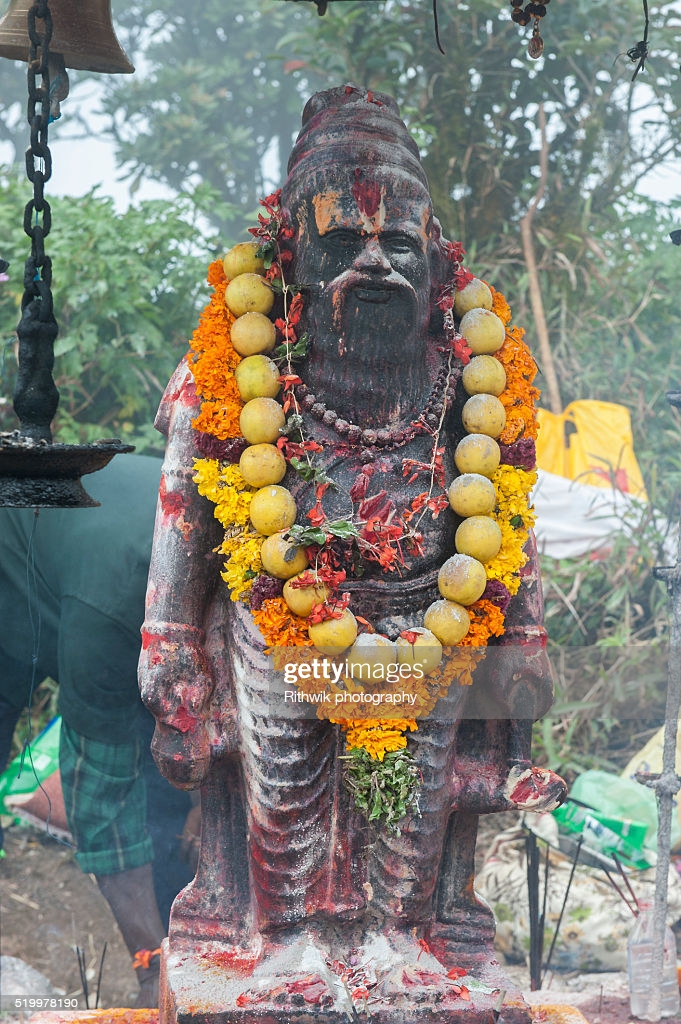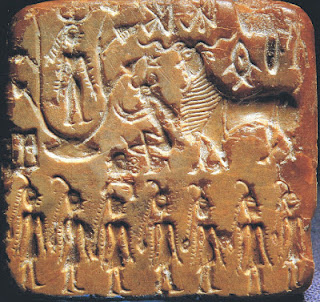AGASTYA : EXPLORING THE MYTHS OF THE SOUTHERN DHRUVA

Agastya is mentioned in both the oldest and the youngest layers of the Rigveda , such as in hymn 33 of mandala 7, which is older than mandala 1.He is also mentioned in other three Vedas and the Vedanga literature. In Indian Vedic literature, Canopus is associated with the sage Agastya.To Agastya, the star is said to be the 'cleanser of waters', and its rising coincides with the calming of the waters of the Indian Ocean. He and his wife Lopamudra are the celebrated authors of hymns 1.165 to 1.191 in the Sanskrit text Rigveda and other Vedic literature. Agastya appears in numerous itihasas and Puranas including the major Ramayana and Mahabharata. He is one of the seven most revered rishis (the Saptarishi) in the Vedic texts,and is revered as one of the Tamil Siddhar in the Shaivism tradition, who invented an early grammar of the Tamil language, playing a pioneering role in the development of medicine and spirituality at Saiva centres in proto-era Sri Lanka and South India. He i...


